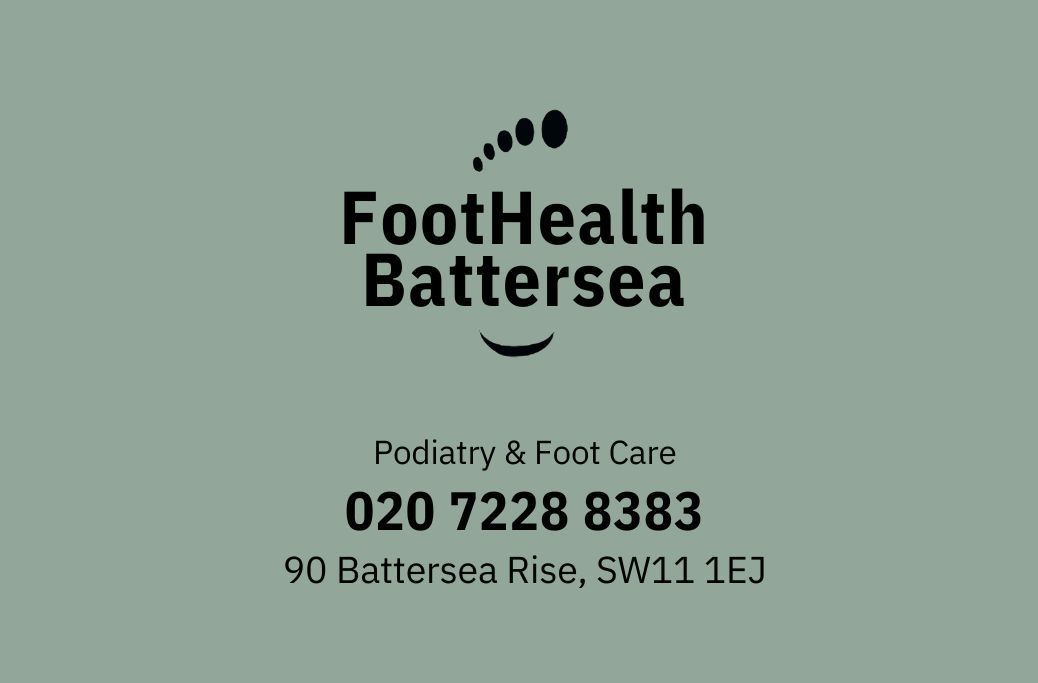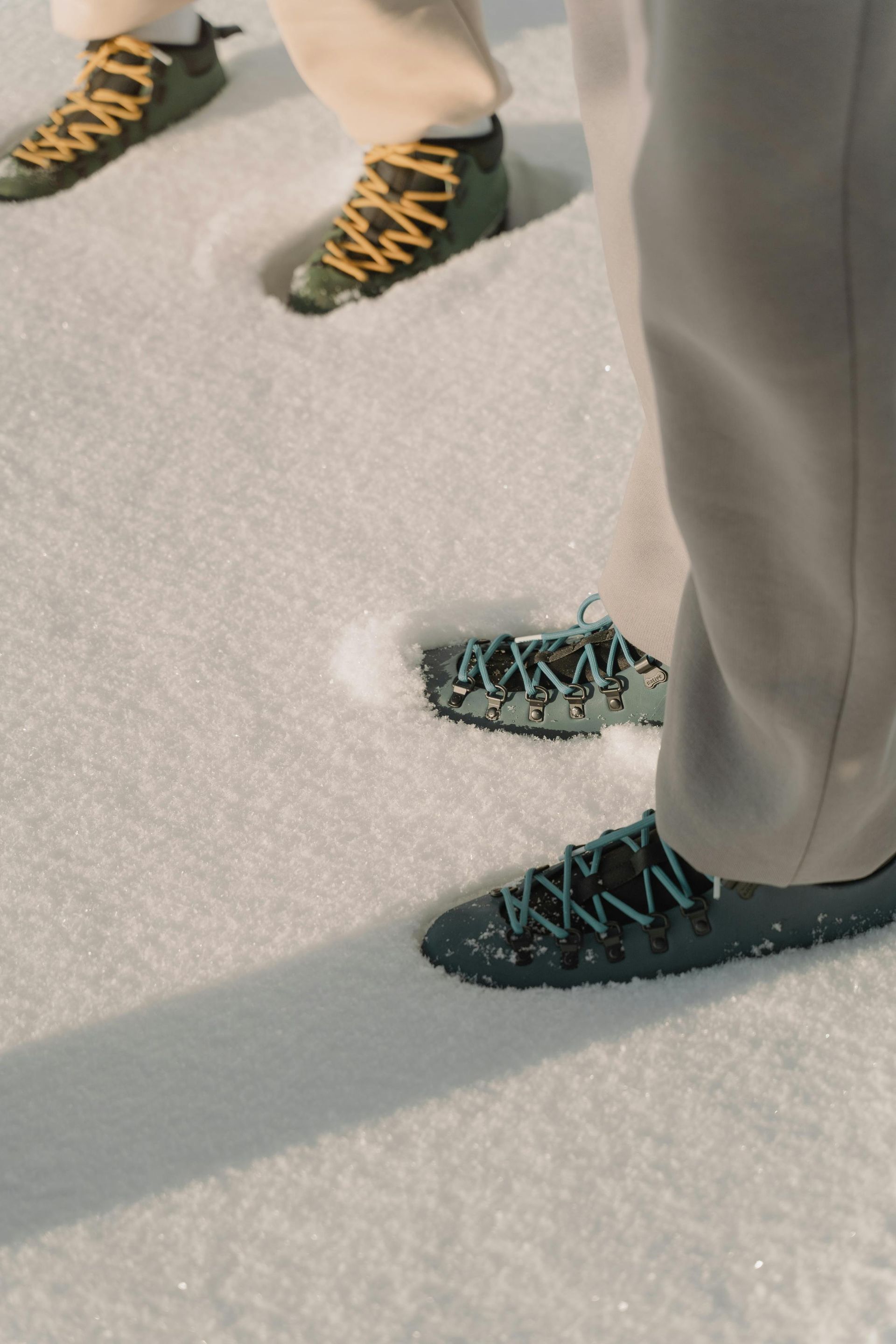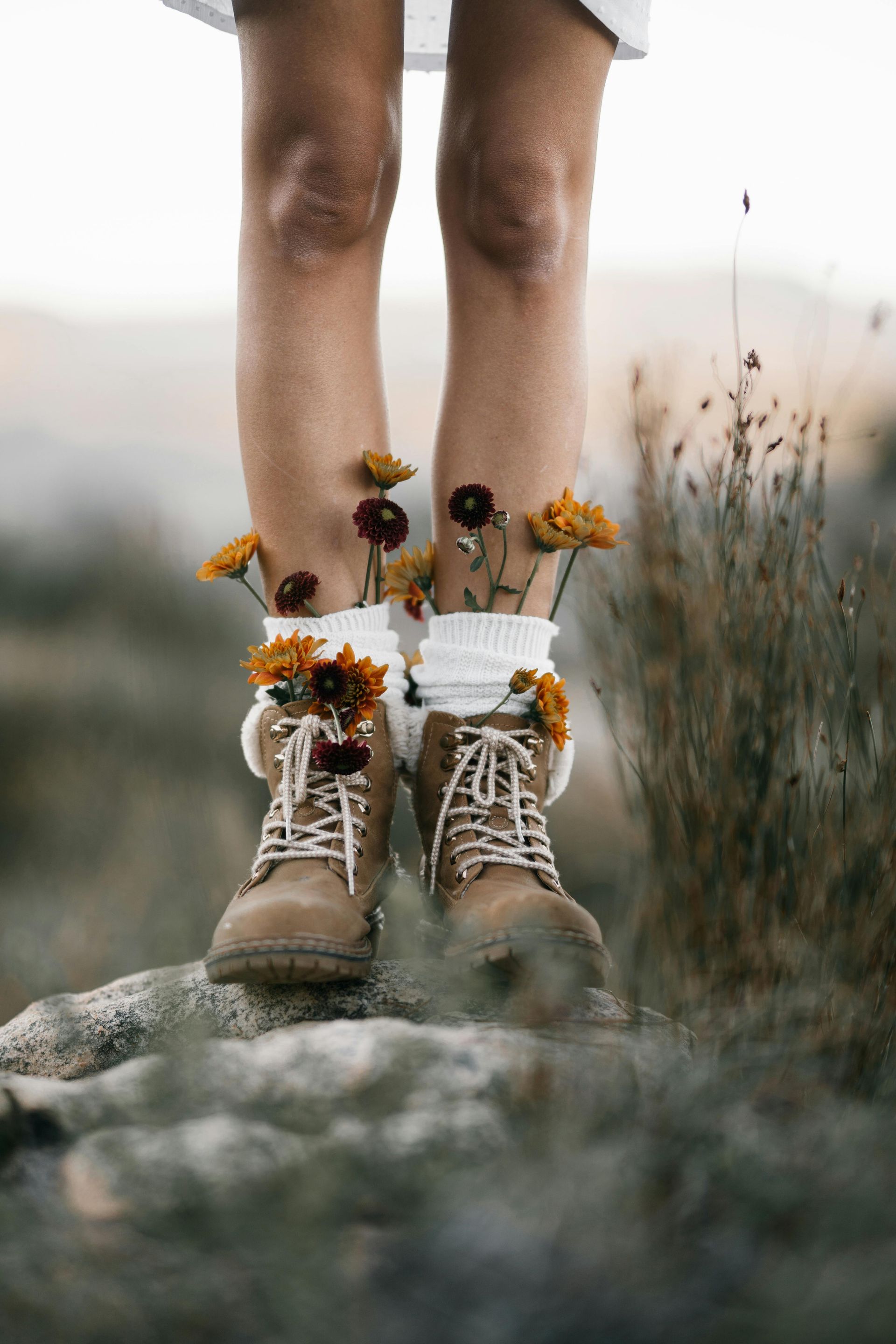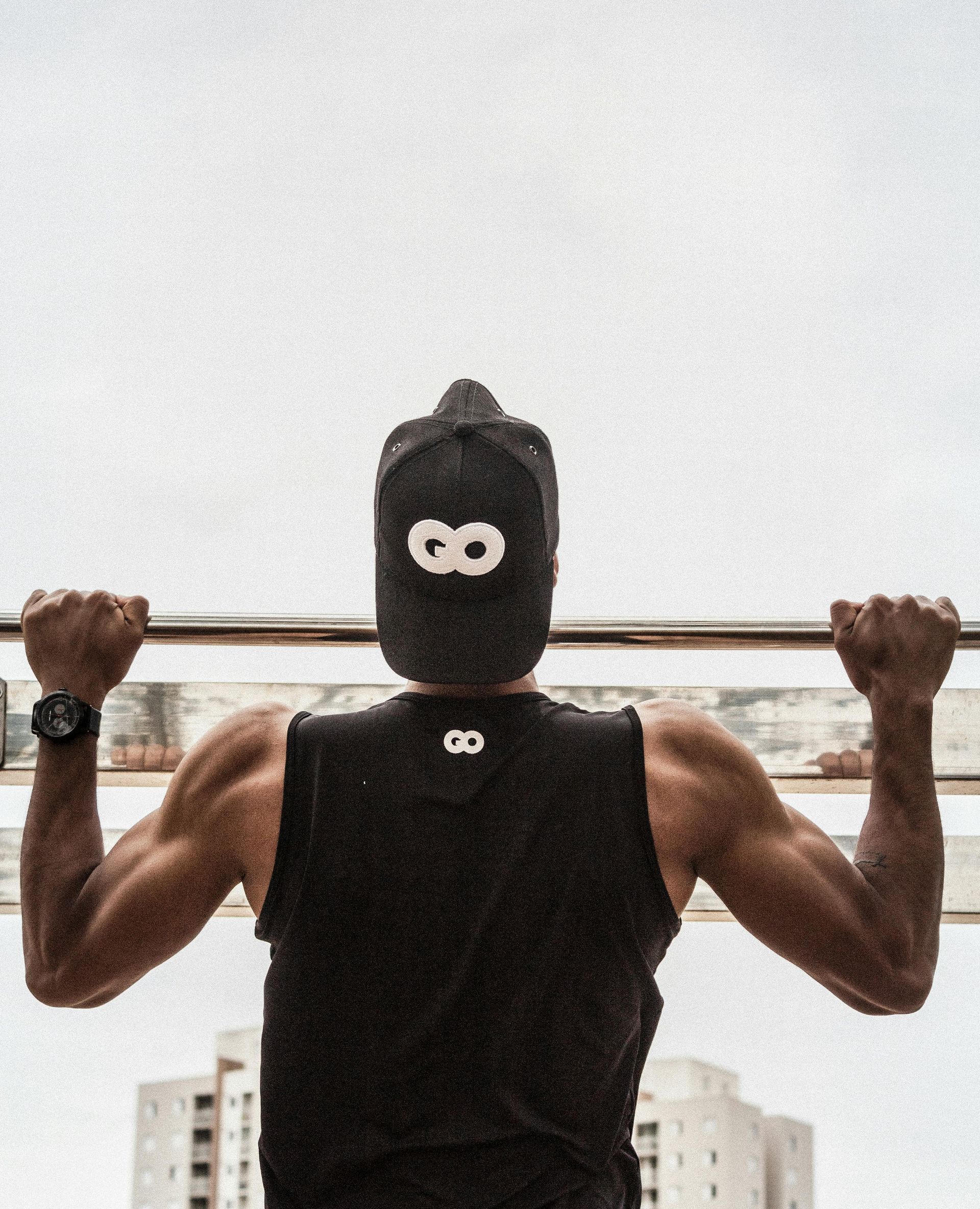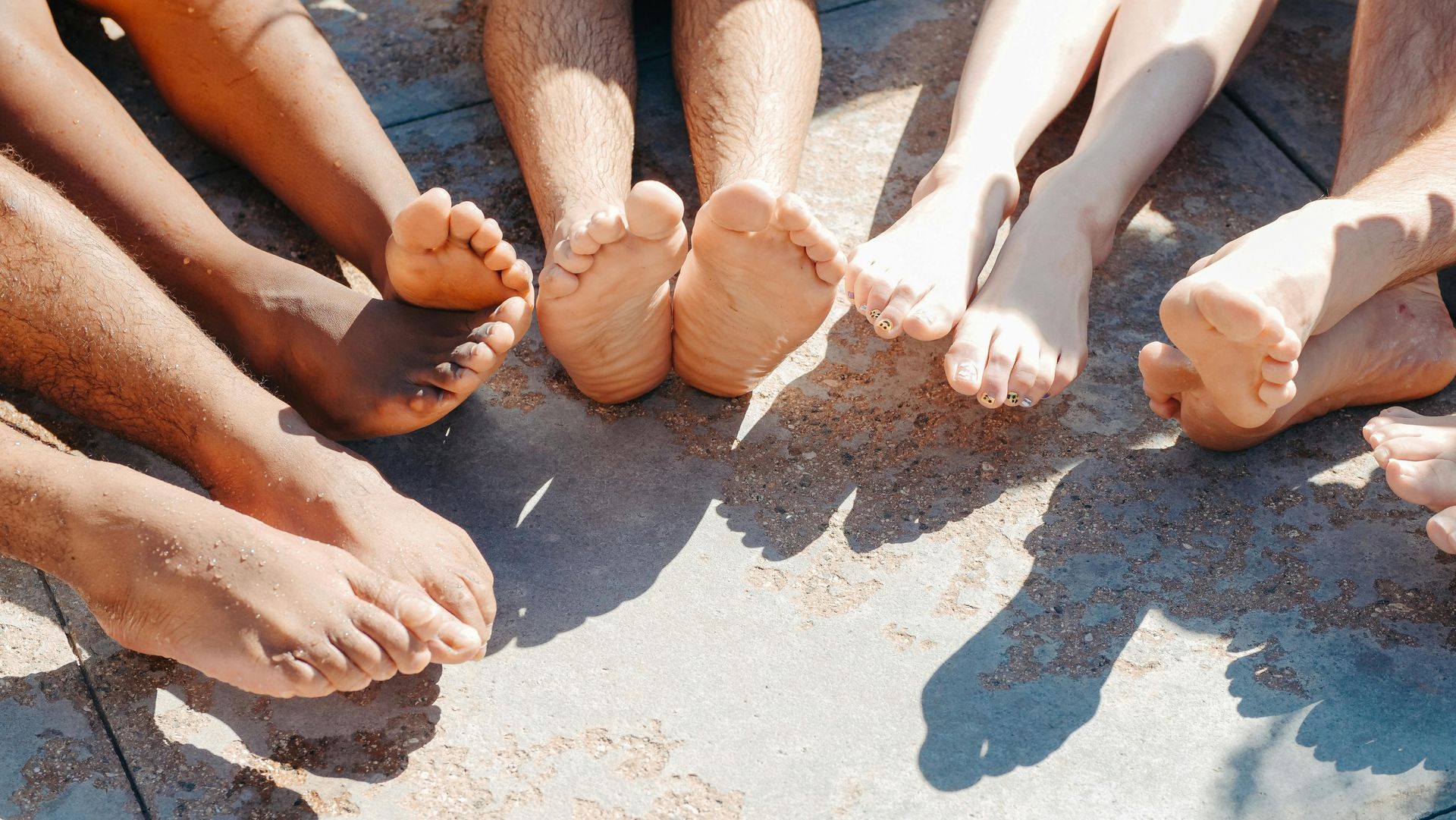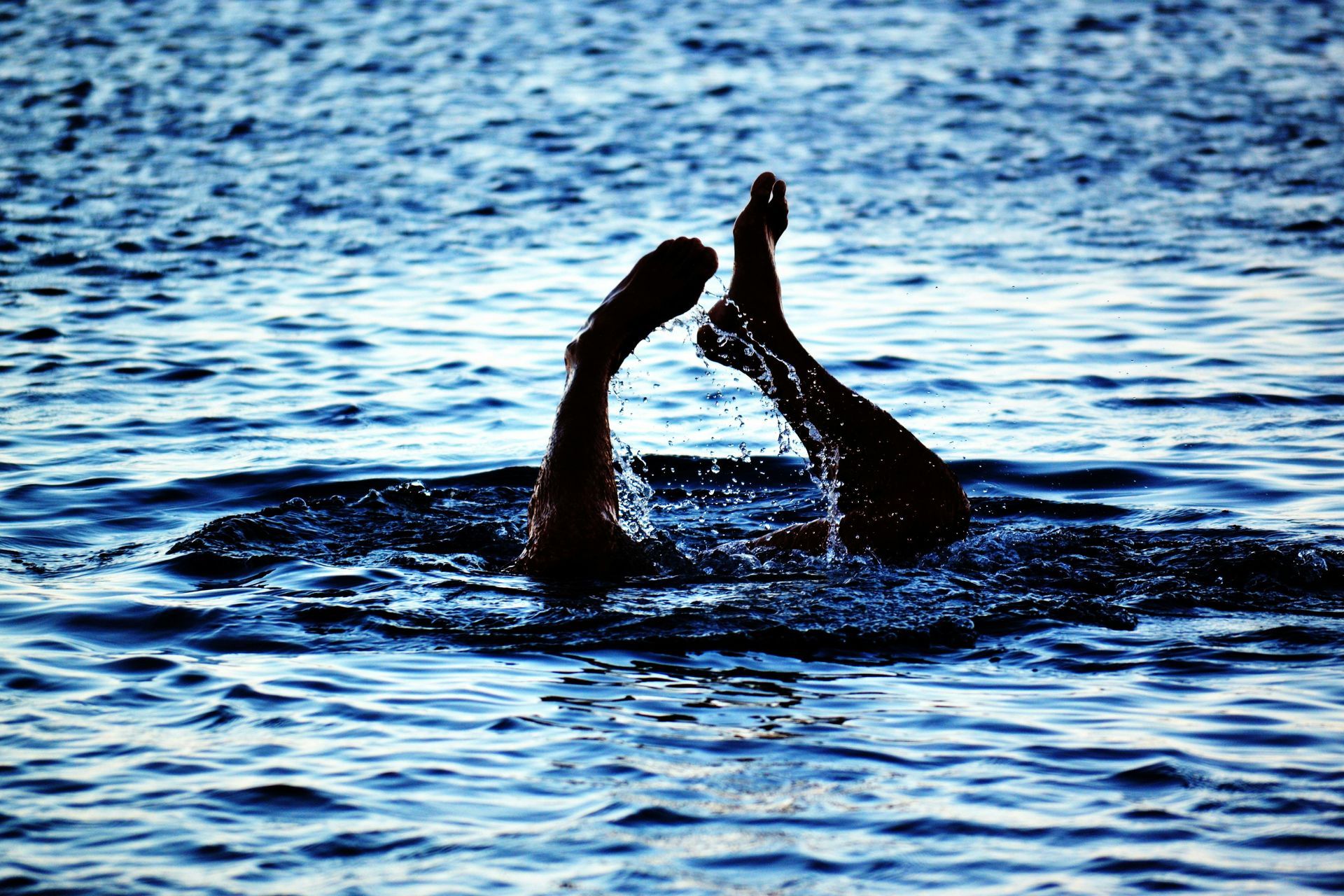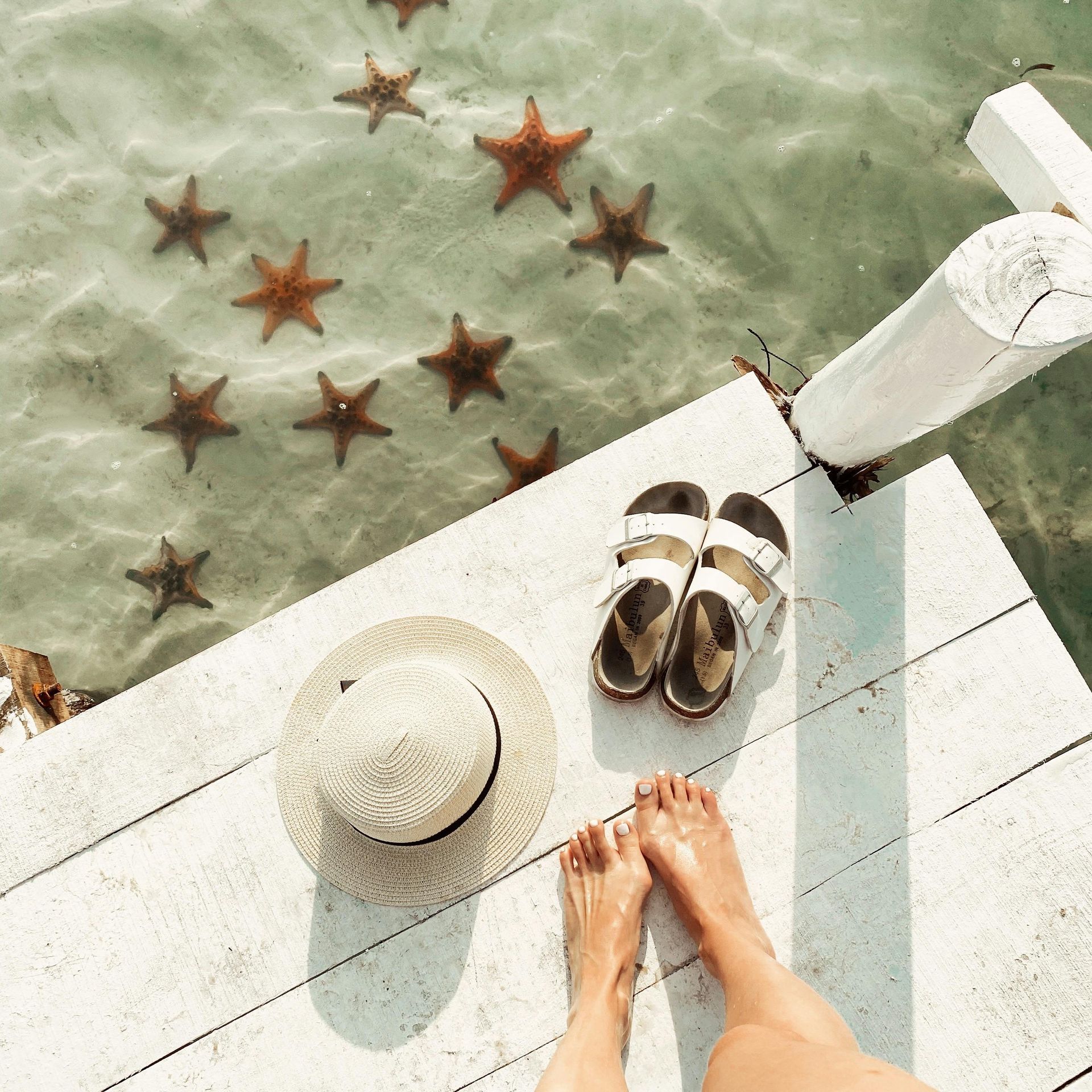Foot Health Tips for Runners: Get Ready for Chase The Sun Battersea Park 2025
Foot Health Tips for Runners: Get Ready for Chase The Sun Battersea Park 2025

The countdown is on for Chase The Sun Battersea Park 5K & 10K, happening on Wednesday 28 May 2025. Whether you’re aiming for a personal best or simply looking forward to an early evening jog through one of London’s most scenic parks, it’s a brilliant opportunity to soak up the community spirit and get your steps in — literally.
At FootHealth Battersea, we see a wide range of runners before and after events like this. One thing is always clear: looking after your feet is essential if you want to perform well and avoid unnecessary injuries — even in shorter distances like a 5K or 10K.
This guide shares practical, podiatrist-approved tips to help you prepare, protect, and recover — all tailored for the Battersea local heading to the start line this May.
Why Foot Health Matters in Short-Distance Running
Although a 5K or 10K might seem gentle compared to a marathon, the repetitive force of running — often up to three times your body weight with each stride — means your feet take quite a hit.
Over the years, we’ve helped local runners deal with:
- Plantar fasciitis – inflammation in the arch or heel.
- Blisters – often caused by poor sock choice or excess moisture.
- Black toenails – usually from running in shoes that are too tight.
- Achilles tendon pain – linked to tight calves or improper footwear.
These can all be avoided with the right pre-race care and post-run attention.
Before the Race: Prepare Your Feet Properly
Trim Your Nails (But Not Too Much)
Cut toenails straight across and avoid rounding the edges. This helps prevent ingrown toenails, which can be painful and become infected. Nails that are too long or too short can cause pressure problems inside your trainers.
Moisturise Wisely
Dry, cracked heels are common among runners, but heavy creams right before a run can create slippery conditions that lead to blisters. Instead, start moisturising daily in the days leading up to the race — ideally after a shower — but avoid over-moisturising on race day.
Check Your Footwear
Trainers past their prime might be doing more harm than good. Worn soles, collapsing arches, or poor fit can put strain on your joints and alter your gait. A good rule of thumb is to change running shoes every 500–800km.
If you’ve recently increased your mileage or switched surfaces (e.g. from treadmill to pavement), now’s the time to assess your trainers’ condition.
At FootHealth Battersea, we offer professional gait assessments to ensure your shoes are supporting you properly.
On Race Day: What to Wear and Watch For
Wear Technical Running Socks
Your choice of socks can be the difference between a comfortable run and a painful one. Avoid cotton, which holds moisture and can cause chafing. Instead, opt for moisture-wicking fabrics with reinforced cushioning around the heel and toes.
Make sure your socks fit well — too loose, and they’ll bunch; too tight, and they’ll compress uncomfortably.
Use Blister Prevention Tactics
If you’re prone to blisters in specific areas, try zinc oxide tape or a friction-reducing balm. Apply to common hotspots like the heel, instep, or between toes. It’s simple, effective, and can save your skin (literally).
Know Your Limits
Don’t ignore foot discomfort during the race. Sharp pain, burning, or persistent numbness is a signal to slow down or stop. Pushing through the pain can turn a small issue into a larger injury — especially when adrenaline masks the severity.
Listen to your body. There will always be another run.
After the Race: Recovery Done Right
Ice and Elevate
Once the adrenaline wears off, take a few moments to rest your feet. Elevate them to reduce swelling and apply a cold compress to any sore areas. If you feel an ache in your arch or heel, use a frozen water bottle to gently roll under your foot for relief.
Stretch and Mobilise
Tight calves and feet can trigger all sorts of issues. Stretch your calves, Achilles tendons, and arches post-run. Use a tennis ball or foam roller to work out any tension in your feet and lower legs.
Don’t forget your toes — gently flexing and extending them helps reduce stiffness.
Watch for Delayed Symptoms
Some injuries only show up a day or two later. If you notice:
- Persistent heel or forefoot pain
- Localised swelling or bruising
- Difficulty bearing weight
…it’s wise to book a professional check-up. Early treatment can prevent longer-term issues and get you back to running sooner.
What to Expect from a Podiatrist Visit
Even if you’re pain-free after your run, a post-race foot assessment can be a valuable investment — especially if you’re planning to continue running regularly.
At FootHealth Battersea, our podiatrists assess things like:
- Foot posture and walking/running style
- Trainer fit and suitability
- Areas of pressure or imbalance
- Underlying biomechanical issues
We also provide custom insoles where needed to improve alignment, relieve pressure, and prevent overuse injuries. It’s all about helping you run more efficiently and comfortably.
The Battersea Community Runs on Foot Health
Events like Chase The Sun aren’t just about competition — they’re a celebration of local life. From the riverside views to the post-run stretch on the grass, it’s one of the best ways to experience what makes Battersea such a vibrant, active place.
As your local podiatry clinic, we’re here to support runners of every level. Whether you’re a seasoned club runner or lacing up for the first time, we understand the unique pressures running places on your feet — and how to prevent them becoming injuries that keep you off your feet.
Visit FootHealth Battersea
We’re just a short walk from Battersea Park and always happy to welcome new patients — runners and non-runners alike.
Whether you need help with an existing issue or simply want peace of mind before or after race day, we’re here to help you move better, feel better, and run stronger.
Final Tip: Respect Your Feet — They’re Doing the Hard Work
Running is one of the most accessible and enjoyable forms of exercise, but it demands a lot from your lower limbs. Investing in proper foot care isn’t a luxury — it’s a necessity for staying healthy and enjoying the miles ahead.
If you're taking part in Chase The Sun Battersea Park 2025, we’ll be cheering you on every step of the way. And if your feet need some support before or after the race, you know where to find us.
Read More from our Blog
FootHealth Battersea Blog Spot
Can FootHealth Battersea assist you?
